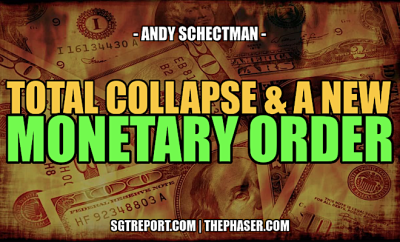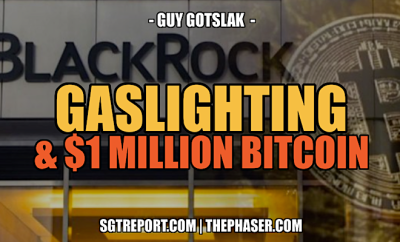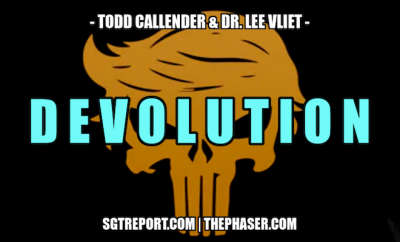 Sinclair & Co
Sinclair & Co
Economy
The Sun and the Economy
by Erico Matias Tavares, Sinclair & Co.:
“Always, always, always the Sun.” – The Stranglers (1986)
How’s this for a provocative thought: what if the very earthly economic cycles somehow responded to the solar cycle?
Unusual as this may sound, actually there is evidence of a relationship between the two.
The solar cycle is produced by dynamo processes within the Sun. Sunspots correspond to temporary concentrations of magnetic fields in its photosphere and their occurrences have been recorded for hundreds of years as a measure of solar activity, with the cycle period typically averaging about 11 years. The peak occurs when there is the highest number of sunspots in any given cycle.
Those cycles can affect us in many ways. Increased solar activity brings about extreme ultraviolet and x-ray emissions from the Sun, which in turn produces dramatic effects in the Earth’s upper atmosphere. Increases in the number of solar flares and coronal mass ejections can cause problems to sensitive instruments in space and potentially to electric grids down here. There is also evidence that the Earth’s climate heats and cools as solar activity rises and falls.
Therefore, positing that the Sun may also impact economic activity does not seem all that farfetched. And it is not a novel idea either. Back in 1878, British economist W. S. Jevons presented a paper that showed a recurring 10- or 11-year cycle in economic crises, which he believed might be attributable to the solar cycle given the similarity in periods. A few decades later, Russian professor A. Tchijevski uncovered a broader correspondence with human behavior, as reflected in mass movements throughout history.
Today it is fairly easy to test this assumption. In the following graph we have plotted monthly sunspot numbers (smoothed over 13 months and centered for the lag) and peak-to-through recessions in the US as calculated by the National Bureau of Economic Research (NBER), highlighted in grey.

Source: SIDC, NBER.
(a) Projections are calculated by using a 12-month moving average rolling forward until the centered moving average reaches the current month.
While sunspot observations go back centuries, we wanted to pick up the characteristics of a more modern industrialized society, so our analysis started in 1910.
The results are pretty interesting.
Looking at the graph, try finding a peak-to-trough recession which started during the ascending phase of the solar cycle (when the smoothed number of sunspots is increasing). There’s only one clear cut case, briefly in early 1945, when the ending of World War II in Europe would have had an impact on the war economy of those days. On the other hand, all US recessions have occurred at cycle peaks, bottoms or the periods in between – including the Great Depression in the 1930s.
These are quite remarkable observations spanning over 100 years. Now, statistics have a knack for fooling us and this could all just be coincidental. Still, around every peak of the last ten solar cycles there has always been a peak-to-through recession in the US, so there might be something valid here.
And if this relationship continues to hold, since we are now at or slightly past the peak of the current solar cycle, chances of another recession occurring in the US over the coming months should be pretty high.
Will the central banks be able to beat the power of the Sun this time around?

















